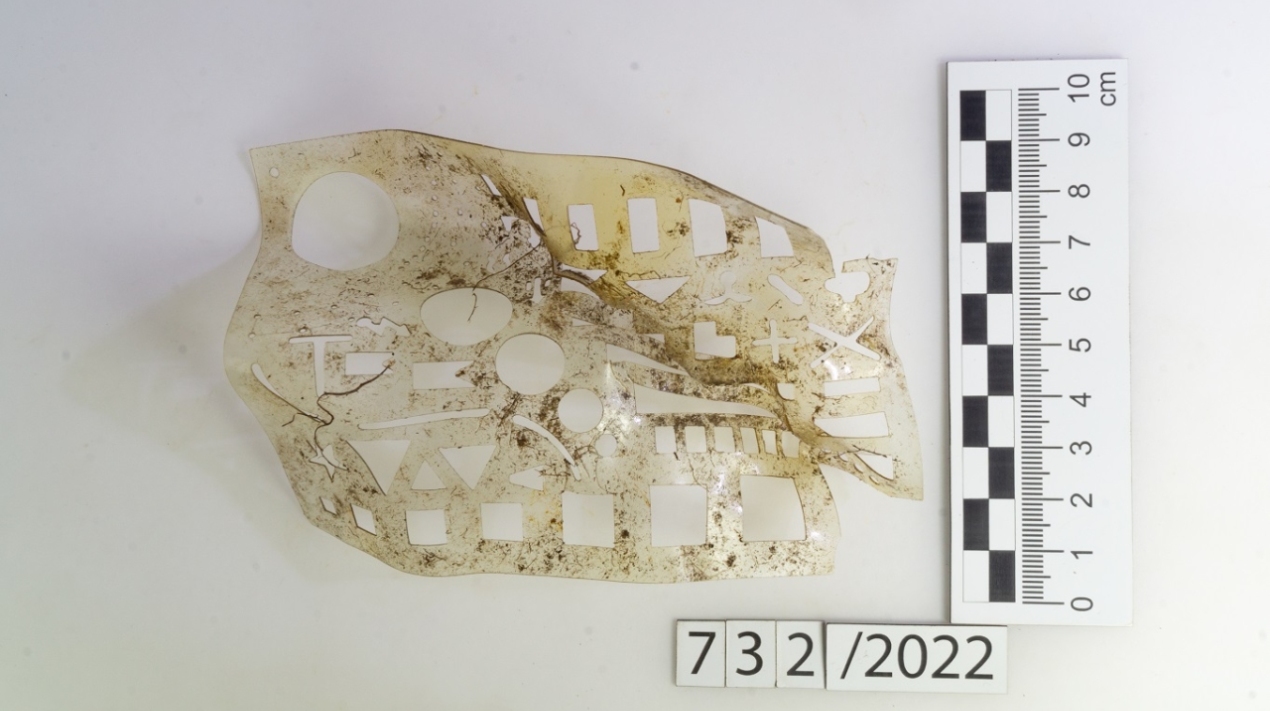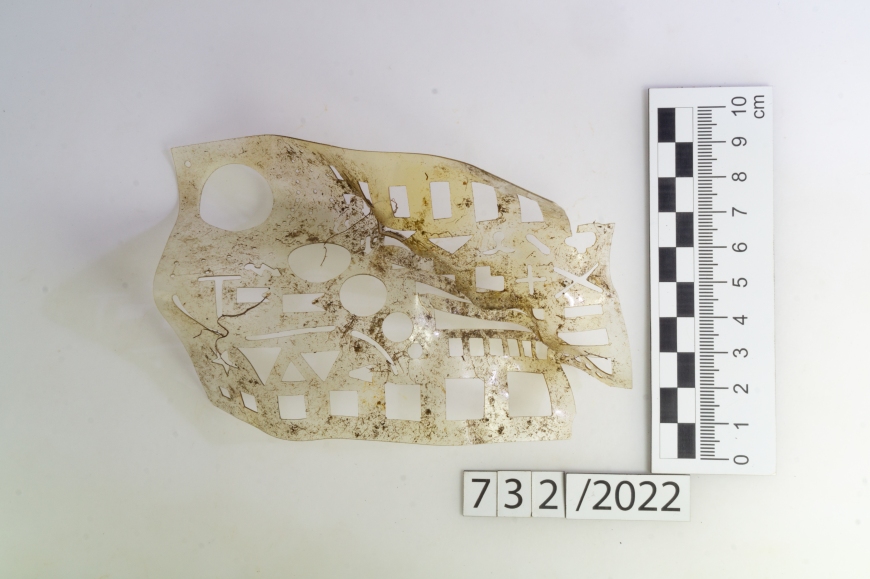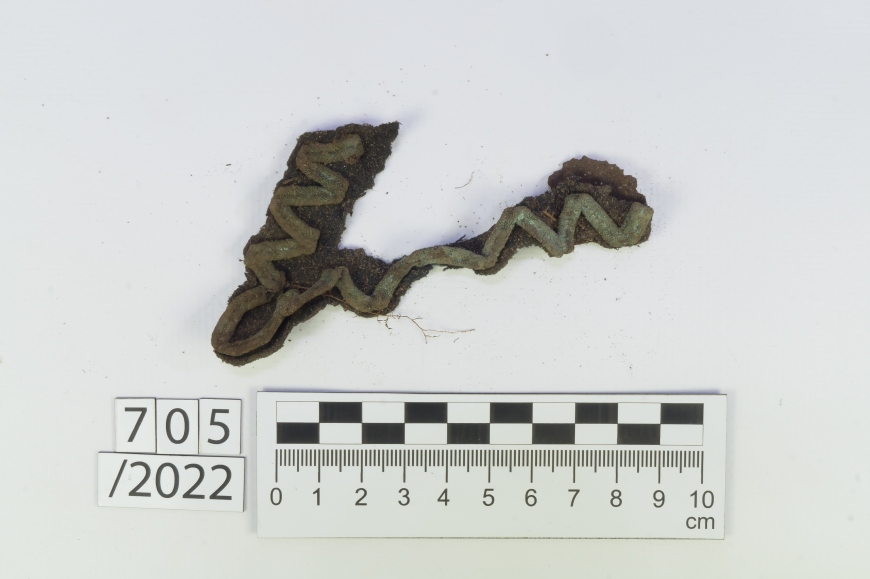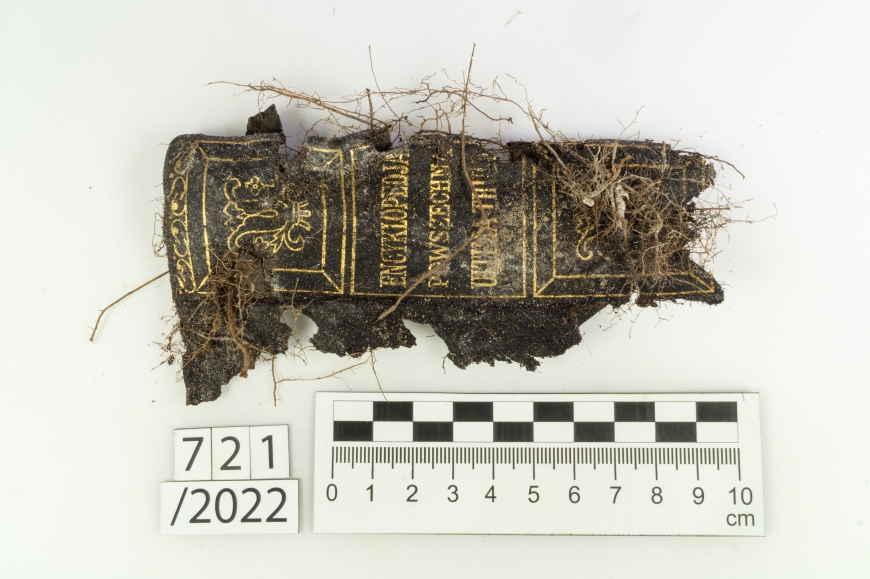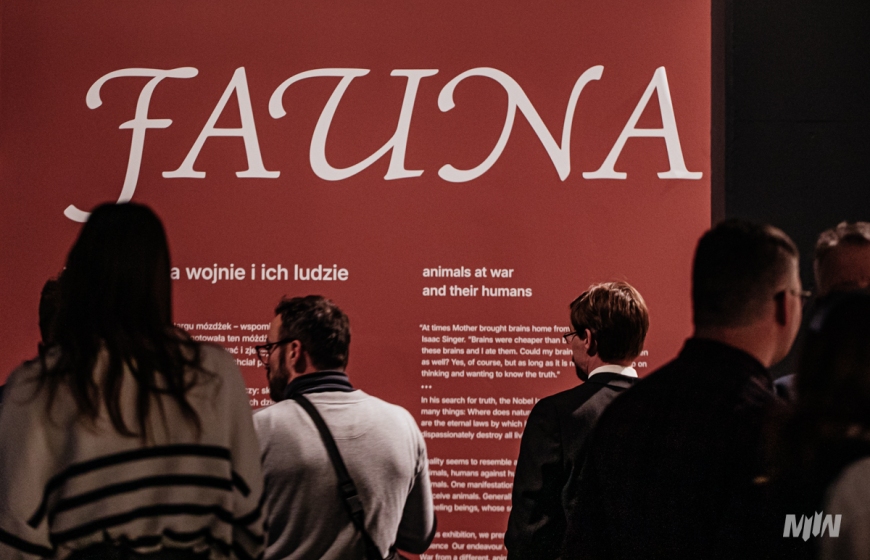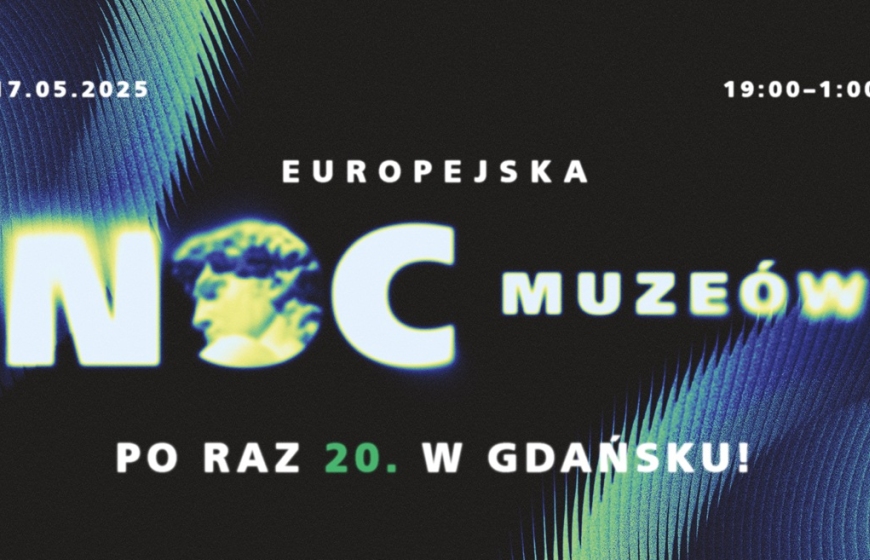MORE ARCHEOLOGICAL DISCOVERIES ON WESTERPLATTE
MORE ARCHEOLOGICAL DISCOVERIES ON WESTERPLATTE
During archaeological supervision of the construction of the new Military Cemetery of the Polish Army on Westerplatte, archaeologists have discovered three previously unlocated bomb craters dropped by German forces on September 2nd, 1939. In one, located near the Officer's Mess, numerous items of great historical and exhibition value have been found .
The most valuable artifact is a map template, which, due to its purpose, could have belonged to only one of two people: Major Henryk Sucharski or Captain Franciszek Dąbrowski. The template - made of plastic, 10 × 14 cm in size - contains military symbols and a ruler, and was used to mark locations and movements of troops on maps and to plan future movements.
Fragments of Polish uniforms have also been found, such as a private uniform, buttons; personal and everyday items, including the spine of the universal encyclopedia ULTIMA THULE, a TROÏKA cologne bottle, a DENTOSAN tooth cleaning powder box, an imprint ointment label from a Warsaw pharmacy, numerous elements related to the furnishings of the building: fragments of tableware from the officer's mess, including a vessel of an unknown form, fragments of windows and stained glass panes of glass, ceramic and marble tiles.
These items were thrown into the crater along with the nearby soil and debris of a destroyed building, when in the winter of 1939/1940, the Germans, using Polish prisoners from the Stutthof camp, cleaned up the area, among other things dismantling buildings and filling the craters. We can assume that some of the artifacts discovered during the archaeological work belonged to Major Sucharski and Captain Dąbrowski, which in addition to their archaeological value are also therefore objects of enormous emotional value.
The exploration of the crater has not been completed yet, allowing us to hope there will be other valuable artifacts we will find and be able to present to you both on our website and as exhibits in the exhibition at the Westerplatte Museum and the War of 1939.












